English Heritage sites near Hilton Parish
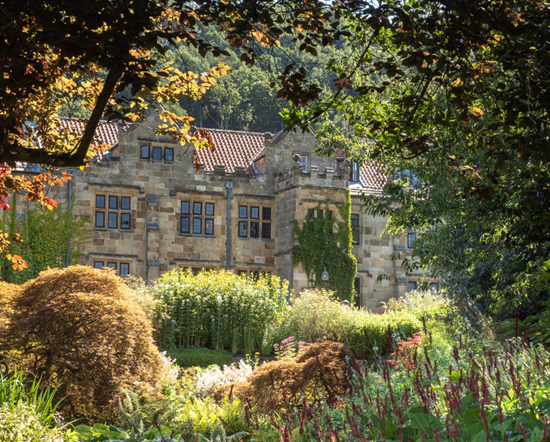
MOUNT GRACE PRIORY, HOUSE AND GARDENS
8 miles from Hilton Parish
Set amid woodland in North Yorkshire, this unusual monastery is the best preserved Carthusian priory in Britain. Mount Grace Priory is the perfect tourist attraction for a relaxing and peaceful day out. Discover how the monks lived 600 years in the reconstructed monk’s cell and herb plot.
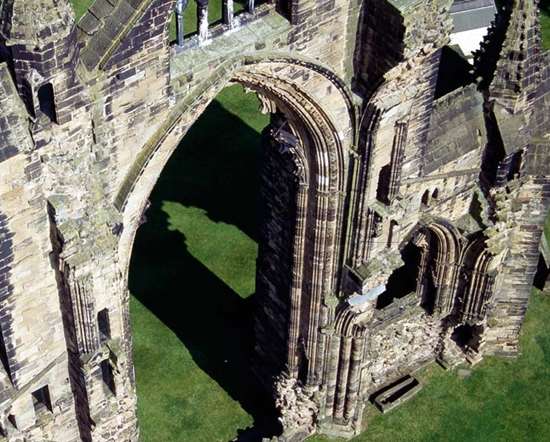
GISBOROUGH PRIORY
10 miles from Hilton Parish
The ruins of an Augustinian priory founded by the Bruce family, afterwards Kings of Scotland. They are dominated by the dramatic skeleton of the 14th-century church's east end.
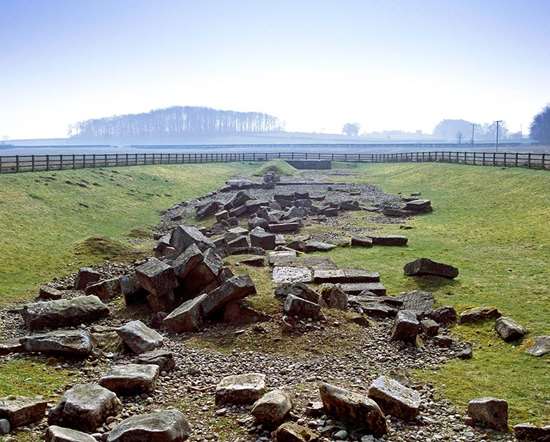
PIERCEBRIDGE ROMAN BRIDGE
15 miles from Hilton Parish
Stonework foundations, now marooned in a field, of a bridge which once led to Piercebridge Roman Fort.
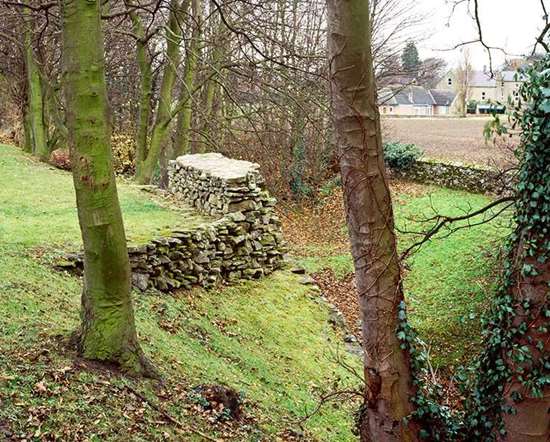
STANWICK IRON AGE FORTIFICATIONS
18 miles from Hilton Parish
An excavated section, part cut into rock, of the ramparts of the huge Iron Age trading and power-centre of the Brigantes, the most important tribe in pre- Roman northern Britain.
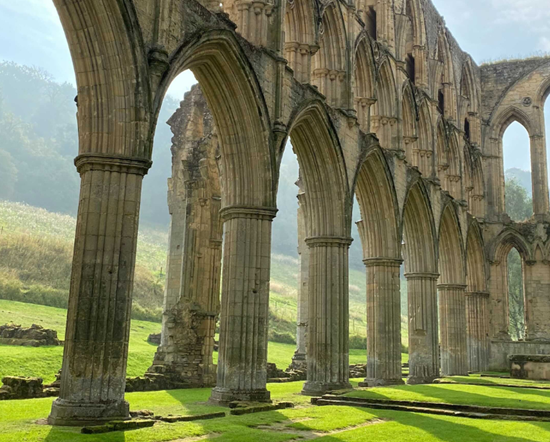
RIEVAULX ABBEY
18 miles from Hilton Parish
Rievaulx Abbey is the perfect choice for a peaceful day out, with its extensive ruins and fascinating museum in a secluded North York Moors valley.
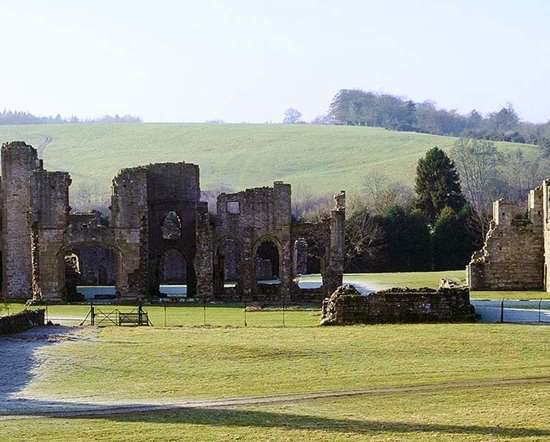
EASBY ABBEY
18 miles from Hilton Parish
In a beautiful setting by the River Swale, Easby can be reached via a pleasant walk from Richmond Castle.
Churches in Hilton Parish
St Peter

Yarm Road
Hilton
Yarm
01642 597454 Off
http://www.staintonhiltonbrookfieldchurches.org.uk/
This small, interesting, 12th century church is largely unaltered since its building. It consists of a nave and chancel under a continuous roof approximately forty feet long.
The north doorway, by which you enter, has a typical semi¬circular Norman arch. There are two orders (bands of stone) with a chevron (zig-zag) design on the outer order and continuous moulding with pellets on the inner order.
The roof beams can be seen but in 1967 a red pantile root was replaced with modern tiles and an inner lining. At the same time, the two bells were re-set in the primitive bellcote at the west end of the roof.
None of the 12th century windows remain. It is believed that the 13th century lancet window, in the north chancel wall, and the three 18th century plain windows in the north and south walls, are set in the original apertures.
The chancel arch has two orders, only the inner order being decorated with a very large pellet design on the nave side. Note also the intricate carving on the capitals.
The east wall of the church is not bonded into the north and south walls but is built of the same 12th century stone. The most likely explanations are that the church was originally intended to have an apse end but the plan was altered whilst the building was in progress; or that the chancel was remodelled when the 13th century lancet window was inserted and the original stones were used.
There is a small remnant of wall painting on the east wall. Also a "set back" 11 feet above the sanctuary floor, the reason tor which is not clear.
The stone reredos, together with two brass memorial tablets on the south wall, were erected during the 19th century by the Hay family who owned the whole parish in the latter half of the last century,
The reredos, built in "Norman style", was erected to the memory of a child, Douglas Erroll Hay, who died in 1886. The large brass memorial to John and Maria Hay shows the family coat of arms. The third memorial is to their daughter Maria, who died in 1874.
The font is an 18th century primitive stone baluster with a wooden cover.
The south doorway is a little wider than the north doorway. Both orders are decorated with the chevron design. The scalloped cushion capitals remain, but are weathered. On the outer wall, above the door to the east, are two carved stones. One is an ancient sundial, the metal base of the gnomon* is visible. The other is a carving of an animal, both date from Norman times.
St. Peter's was a chapel of ease to Rudby Church then a perpetual curacy, then in the l9th century a separate parish with its own vicarage (now part of the Falcon Inn) .
The registers began in 1698, the first marriage being recorded in 1754.
* gnomon –a rod, pin or triangular plate of sundial showing time by its shadow on marked surface.
Pubs in Hilton Parish
Falcon Inn

Seamer Road, Hilton, TS15 9LB
(01642) 592228
thefalconhilton.pub
Fox Covert

Low Lane, High Leven, TS15 9JW
(01642) 760033
thefoxcovert.co.uk/
